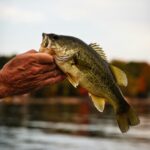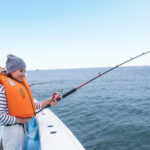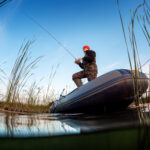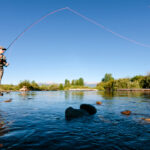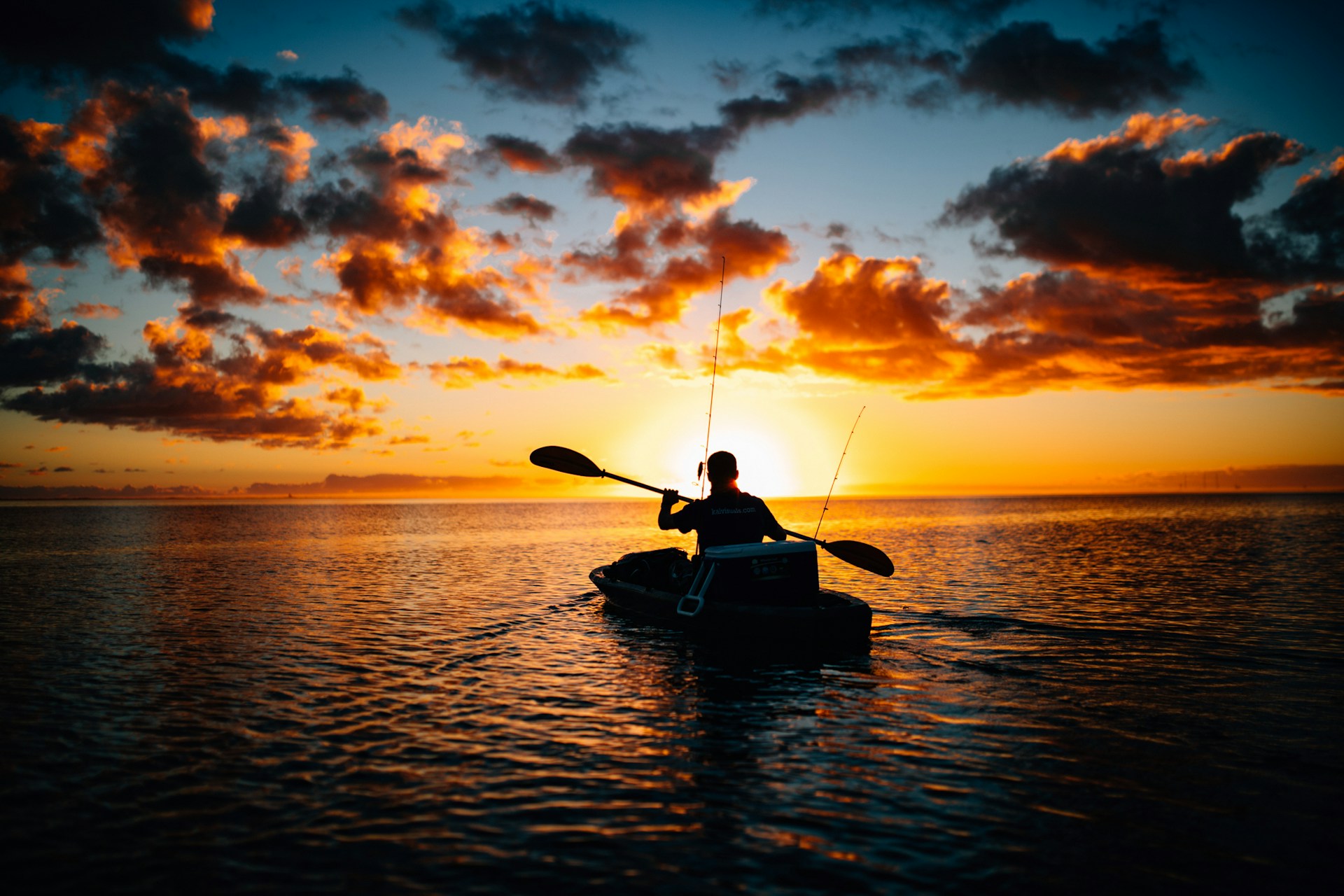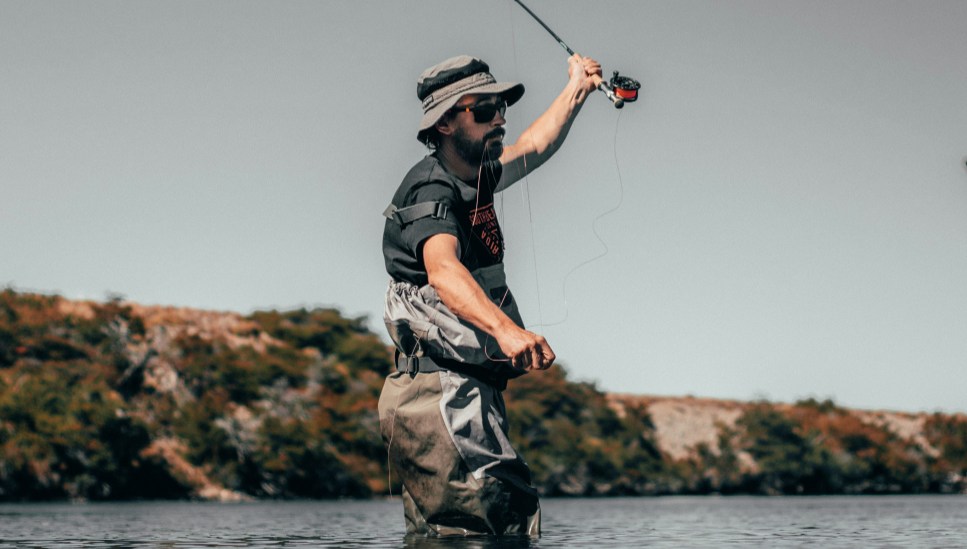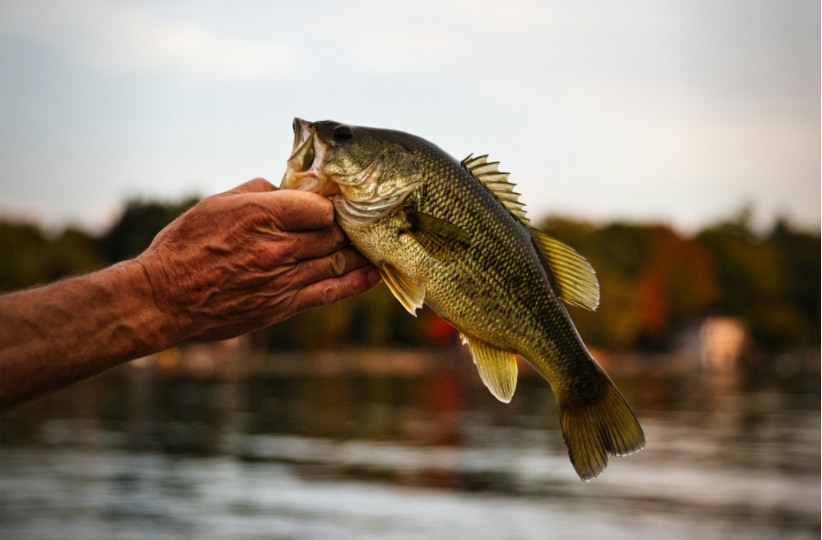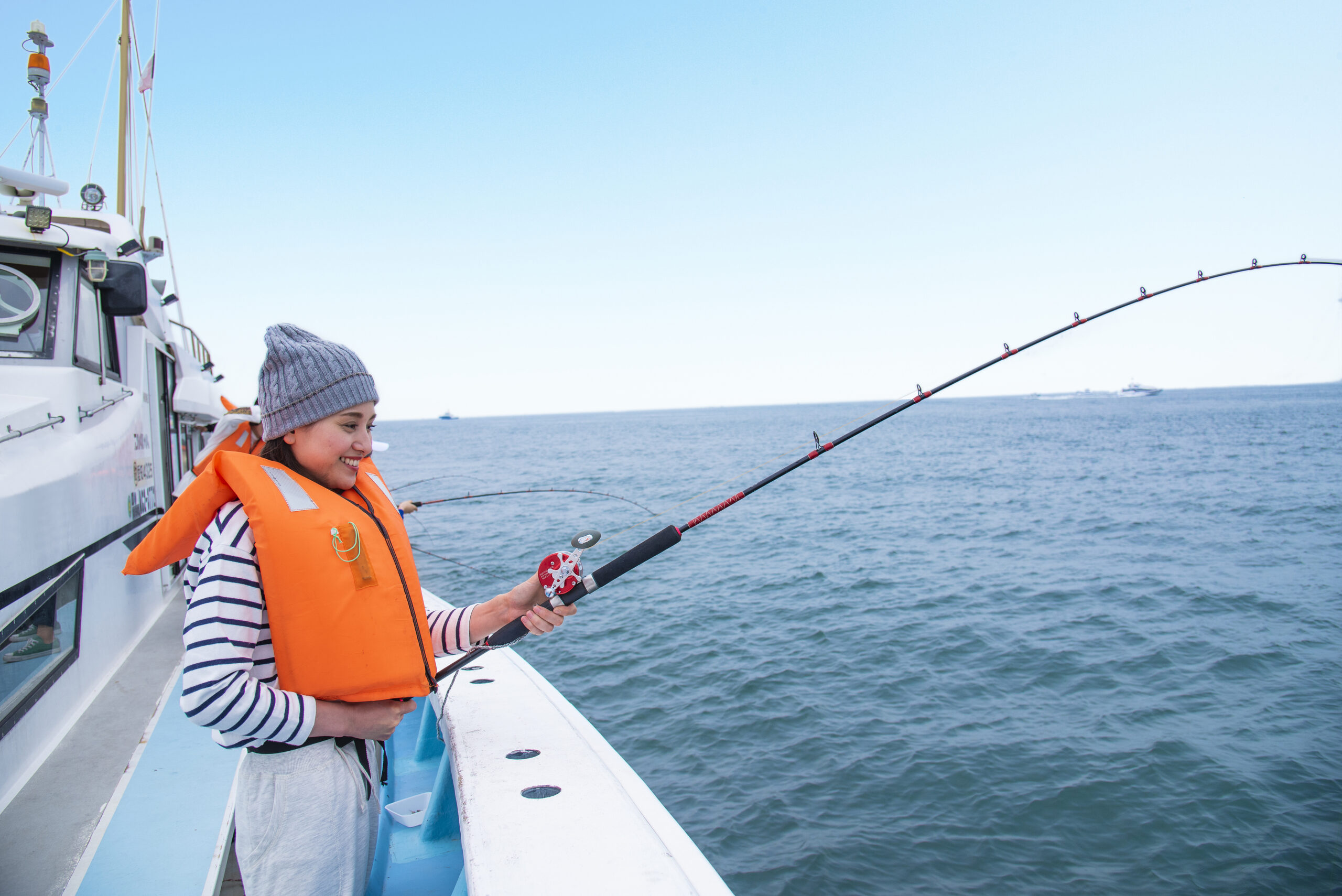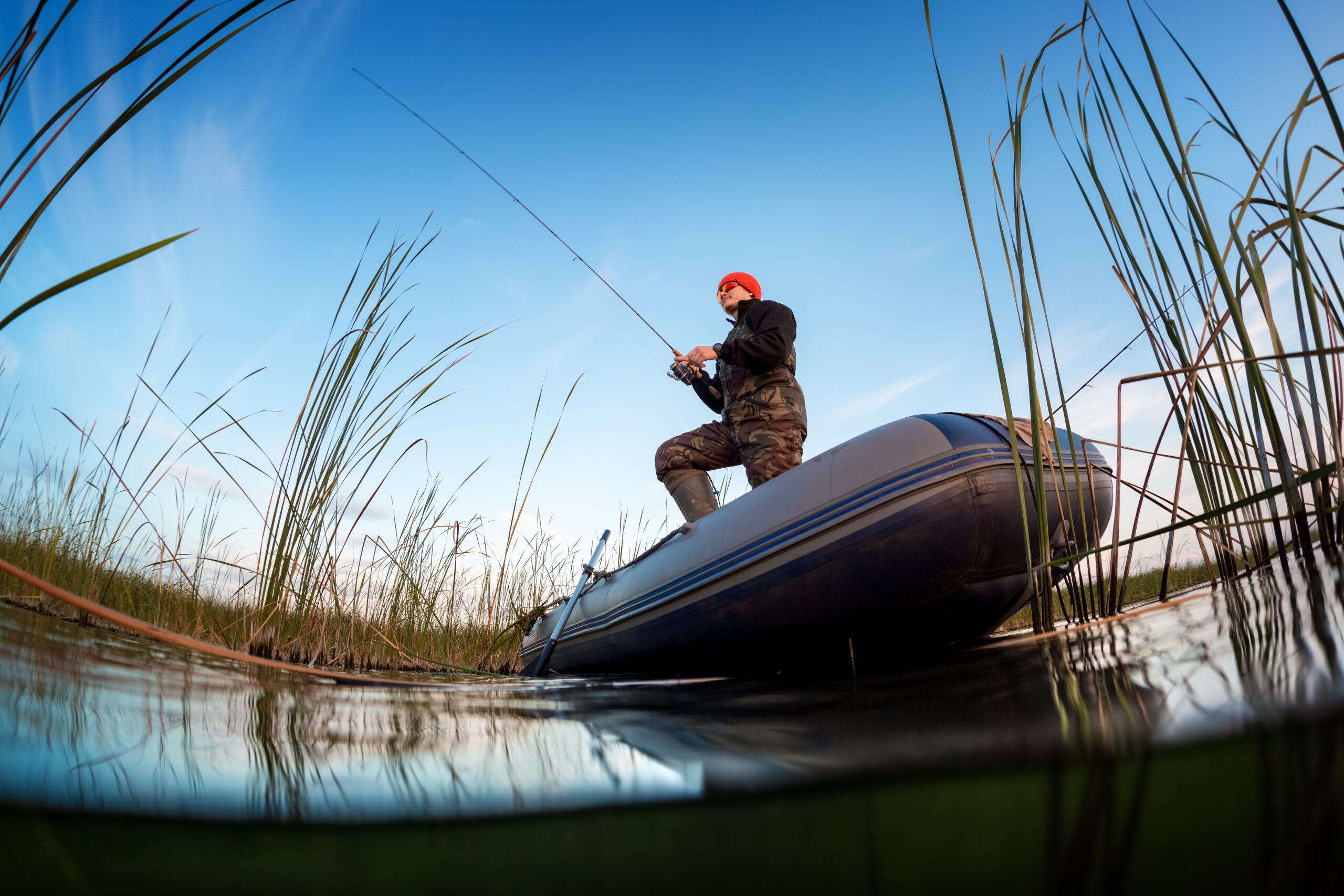Saltwater fishing is a captivating activity that combines adventure, skill, and the beauty of nature. Whether it’s for recreation or competitive challenges, saltwater fishing offers enthusiasts a sense of accomplishment and excitement like no other. However, to be successful in the vast ocean, anglers need to understand some basic techniques and equipment essentials.
The Allure of Saltwater Fishing
Saltwater fishing is more than just a sport; it’s a way to connect with nature, experiencing the unique atmosphere of sea breezes, sunlight, and the rhythm of the waves. From the first rays of sunlight glistening on the water to the last gust of wind at dusk, the entire process of saltwater fishing offers unparalleled peace and relaxation. For beginners, every cast, every wait, and every hook-up brings a sense of anticipation and wonder.
The real charm of saltwater fishing lies in its diversity. Whether you’re fishing inshore for smaller species or offshore for larger game fish, the challenge is always different. From tranquil bays to the open seas, every fishing trip is a new adventure.
Basic Saltwater Fishing Gear
Saltwater fishing equipment tends to be more specialized than freshwater fishing. Anglers need to be prepared to face the complexities of the ocean environment. Here’s a rundown of some basic gear needed for saltwater fishing:
- Fishing Rods and Lines: Saltwater rods are typically longer and sturdier to handle the greater pull and strength of saltwater fish. Depending on your fishing target, the type of rod varies. Offshore fishing, for example, requires longer rods to cast farther, while inshore fishing may use shorter rods for better control. Fishing lines are often made from stronger materials such as nylon or braided lines to withstand the powerful forces exerted by saltwater fish.
- Bait: Live bait (like small fish and shrimp) and dead bait (such as fish livers or sardines) are both commonly used in saltwater fishing. Live bait is ideal for attracting larger fish like tuna or snapper, while dead bait works well for mid-sized species.
- Hooks and Floats: Hooks come in a range of sizes depending on the type of fish being targeted. It’s crucial to choose hooks based on the fish’s mouth shape and size. Floats (or bobbers) are essential in indicating whether a fish is biting, especially in deep-sea fishing, where the movement of the bait is harder to track.
- Tackle Box: A waterproof and spacious tackle box is essential for storing all your gear, such as hooks, lines, baits, scissors, and other accessories. It keeps everything organized and easily accessible when needed.
- Protective Gear: Saltwater fishing often involves long hours under the sun. Protective gear such as sunscreen, hats, sunglasses, fishing gloves, and UV-protective clothing are essential to shield you from sun exposure and ocean spray.
Fishing Techniques and Strategies
Successful saltwater fishing isn’t just about luck—it requires knowledge, skill, and strategy. Here are a few techniques that can help you land the big catch:
- Choosing the Right Fishing Spot: Different species of fish prefer different conditions in the ocean, such as water temperature, currents, and depth. Knowing where your target species likes to hang out is the first step. For example, reef areas are common habitats for many species, while offshore waters are ideal for catching bigger game fish like marlin and tuna.
- Timing is Everything: Timing plays a crucial role in saltwater fishing. Fish are most active at dawn and dusk, especially in the early morning after sunrise and late afternoon before sunset. Additionally, tidal changes significantly affect fish activity. Many fish species feed more aggressively during incoming or outgoing tides.
- Casting Techniques: Casting in saltwater fishing requires practice. For offshore fishing, you’ll need to cast long distances, so using long rods with a smooth casting motion is key. Inshore fishing, on the other hand, requires more precision with your casting, as fish are typically closer to shore.
- Patience and Observation: Saltwater fishing requires a great deal of patience. Often, you’ll need to wait for a long time before you feel a bite. During this waiting period, it’s important to observe the water and your float for any signs of fish activity. Even the slightest movement can indicate that fish are interested in your bait.
Common Saltwater Fish Species
Different fishing spots will attract different species of fish. Here are a few common saltwater fish you might encounter:
- Tuna: Tuna are among the most sought-after fish in offshore fishing. Known for their impressive size and speed, they are a prized catch for anglers. Tuna typically swim in deep waters and are known for their powerful fight when hooked.
- Snapper: Snapper are a popular target in saltwater fishing, especially inshore. These fish tend to be abundant in reefs and rocky areas. They have a strong bite and require sharp attention to hook.
- Marlin: Marlin, often regarded as one of the ultimate game fish, is found in deep waters and is famed for its size and agility. Marlin fishing can be a challenging and exhilarating experience, and they are highly prized by sport anglers.
- Flounder: Flounder are flatfish that inhabit shallow waters and estuaries. They are a good target for inshore fishing, particularly around sandy or muddy bottoms. Flounder fishing is often less intense than marlin or tuna fishing but still provides plenty of excitement.
Fishing Locations and Ideal Conditions
Saltwater fishing can take place in various environments, from shallow bays to the deep ocean. Here’s a brief look at the different types of saltwater fishing locations:
- Inshore Fishing: This involves fishing close to the shore, often in shallow waters or estuaries. It’s ideal for targeting species like snapper, trout, and flounder. Inshore fishing can be done from piers, beaches, or small boats.
- Offshore Fishing: Offshore fishing takes place further from shore, in deeper waters where larger game fish like tuna, marlin, and swordfish are found. This type of fishing typically requires a larger boat and more specialized equipment.
- Reef Fishing: Fishing around natural or artificial reefs is a great way to catch a variety of species, including snapper, grouper, and amberjack. Reefs provide shelter and food for fish, making them popular fishing spots.
Conclusion
Saltwater fishing offers a rewarding challenge for those who are willing to learn and master the techniques required. By understanding the gear, strategies, and fish species, anyone can enjoy the thrill of casting a line into the deep blue sea. Whether you’re a beginner or a seasoned angler, there’s always something new to discover in the world of saltwater fishing.


